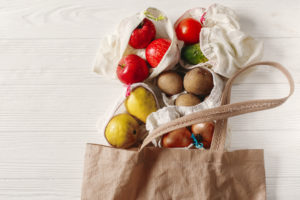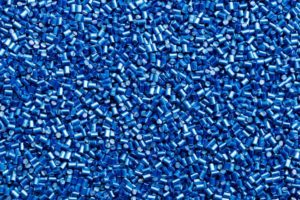What is the Circular Economy?
Products have historically been designed for convenience but with no consideration of the waste left behind. Take the coffee pod for example; Canadians use 2.8 million of them every day and most end up in the garbage.
Take a raw material, make something, use it, and dispose it; that is a linear economy. The solution is in the circular economy where we design products so resources can be reused and reinvested in new products again and again.
How is this different from recycling? Rather than having to find a recycling solutions after a product is designed and brought to market — like the coffee pod — recovery and material reuse is part of the design and manufacturing process of the product from the beginning.
A circular economy also supports the idea of access over ownership. Streaming services like Spotify and Netflix rent access to content without you needing to own anything like CDs and DVDs. By shifting to access over ownership, the responsibility falls to manufacturers to make longer lasting and more efficient products that are designed with repair and reuse as primary considerations.
How can we advance the circular economy? Purchase smartly designed products meant to be reused, refurbished, and dismantled. Support companies that offer take-back of products after use. Embrace access over ownership.




